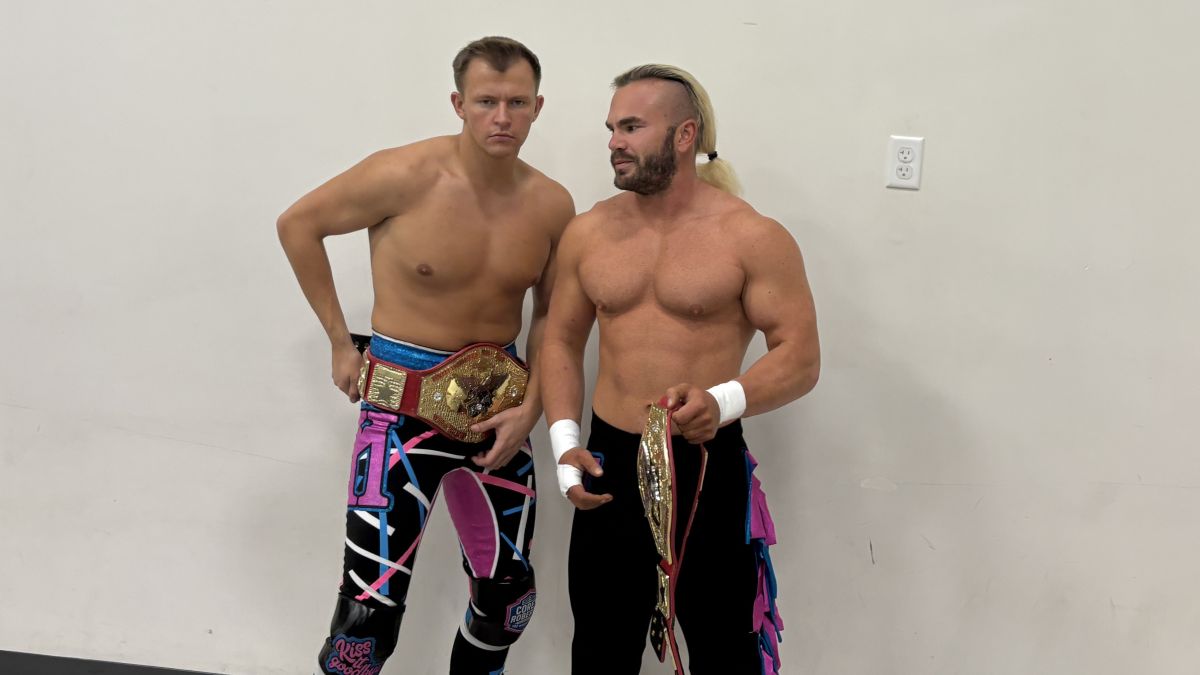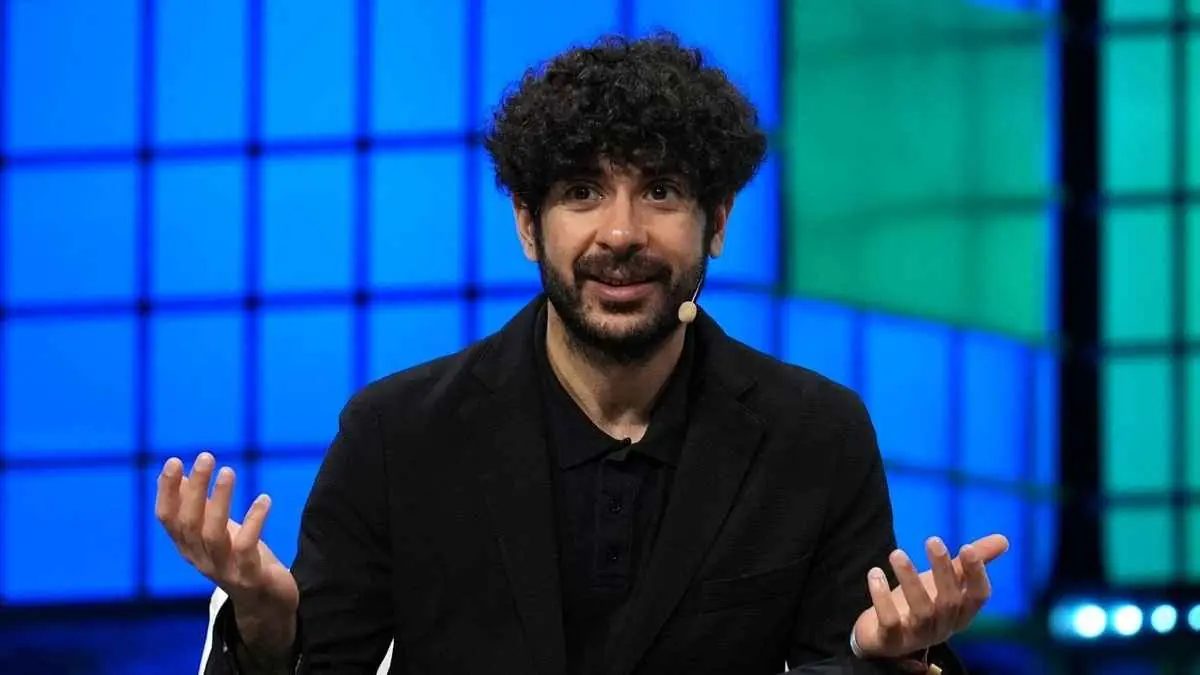The WWF’s growth from Northeastern US territory to a national touring show in the 1980s disrupted the traditional imaginary boundaries and territories of the local regional wrestling promoter. Perhaps the promoter most targeted and affected by the WWF’s juggernaut march across the nation was Verne Gagne’s American Wrestling Association or AWA for short.
The WWF offered big money to lure away the AWA’s biggest stars such as Hulk Hogan, David Shults, Jesse Ventura and announcer Gene Okerlund in the early 1980s. The once proud AWA territory that stretched from Minnesota to California covered a lot of real estate and had many large cities on its touring loop had come upon hard times by 1988. Attendance was down, wrestlers were leaving weekly to go to the WWF, WCW or to Japan to find steady paychecks. The territory system was in tatters and the AWA was desperate.
In an attempt to draw eyes back to their product, AWA owner Verne Gagne attempted to put on a major show in Chicago. Teaming up with the remaining relevant territories, World Class Championship Wrestling (Texas), and Championship Wrestling Association (Memphis), Gagne sold them on the show and their first attempt at promoting a pay-per view special. SuperClash 3, as the event was dubbed, took place on December 13, 1988, at the UIC Pavilion in Chicago.

The show itself was a financial disaster. Less than 2,000 fans attended the event and people didn’t clamber to purchase it for their televisions either. Out of tough competition can come opportunities. This event featured some young wrestlers who were eager to make their mark such as Jeff Jarrett, Cactus Jack, Paul Diamond, Pat Tanaka, Samu, and Fatu (Rikishi). This is quite the list of future WWE stars and some WWE Hall of Fame inductees.
There were two others on that card that would both become WWE Hall of Fame inductees and both would be WWF Women’s World champions. They both inspired generations of women and pushed boundaries for women in professional wrestling. The first person was a young wrestler who was building her wrestling repertoire and gaining respect each day, Madusa Miceli. The second was the enigmatic women’s champion at the first WrestleMania, Wendi Richter.
In perhaps the most unique match on the card, and for that era, was an intergender tag team match featuring Madusa and Badd Company (Tanaka and Diamond) against former WWF Women’s champion Wendi Richter and the Top Guns (Ricky Rice and Derrick Dukes). It was incredibly rare for women to be wrestling in a match that also involved males. The prospect of a man and woman fighting it out was mind bending for the viewers.

Richter was the most recognizable name and face on the lineup that night. Only a few years ago she had been the WWF’s blazing star with Cyndi Lauper during the Rock ’n’ Wrestling era. So how did she feel about this opportunity?
“I like a mixed tag,” recalled Richter to SlamWrestling.net at the Niagara Falls Comic Con in June 2023. “Even though it is rare, it is fun. It might be the funnest match I’ve had is the mixed tag. It is so unpredictable you don’t know what is going to happen. Anything can happen when you have that many people involved and the fans. I can’t remember what moves I did, but I remember that I enjoyed it.”
Madusa was four years into her wrestling career when this chance to share the ring with Richter occurred. “I remember when I was going to wrestle freakin’ Wendi Richter,” said Madusa with vigor. “I was nervous. She was a WWF champion. When you have that magnitude of a woman in the ring. That woman changed the playing field of women’s wrestling. People don’t realize what that woman did. She was rock ’n’ wrestling. She had cartoons, she had everything. She was as popular as Hulk Hogan if not more so.”
Having an opponent so noteworthy and popular sure can be an intimidating task. Madusa set aside her doubts and, as always, gave her best effort. “I was green (inexperienced),” recalled Madusa. “Maybe I hid it well. I was learning, so maybe it was a learning curve and she saw I was getting better, but Wendi carried my ass basically. I was still learning how to tie my boots.”
When told of Madusa’s comment and nerves, Richter was surprised. “She is a tough competitor one of the toughest ones.”
Madusa reflected on the match that was memorable to her not just because of her opponent, but its effect on her next wrestling endeavor.
“What I do remember of that match is that I was wrestling Wendi and that is when I blew out my knee,” said Madusa. “I tore my ACL and that was right before I was going to Japan. It was a mess. It wasn’t her fault though. It was me. I was coming off the top rope giving her something. Wendi moved and I slipped.”
Regardless of the injury, Richter held Madusa’s performance and skills in high esteem. “I don’t think she was a rookie,” recalled Richter. ”She was the AWA champion so I didn’t consider her a rookie. She may have felt like one. If someone is the champion of an organization you can’t take them lightly. You have to be prepared because everyone is gunning for you. You have no friends in the ring.”
An emotional Madusa was floored by the compliments that Richter bestowed on her so many years later.
“Wow, that is a compliment and I had never heard that from her. It is amazing that I hear stuff like that from my colleagues and I never thought they thought that way about me. I always felt that through my whole career that I had to do more and prove, prove, prove. Maybe it was the sport at that time where the men didn’t respect the women,” said Miceli. “I just worked so hard to earn respect and that was hard to do as a woman. I was always trying to change the trajectory of women’s wrestling. My heart… that is amazing. I was green. Maybe I hid it well. I was learning, so maybe it was a learning curve.”
SuperClash 3 is an example of one woman, who elevated women’s wrestling at the first WrestleMania and in pop culture, passing on her knowledge and love of the sport to the young AWA champion. That young champion, Madusa, would go on to inspire young women to enter the sport with her emergence as the WWF women’s torch bearer of the 1990s. In a bit of irony Madusa, as Alundra Blayze would defeat Leilani Kai at WrestleMania 10 which was the same opponent that Richter beat for the WWF Women’s title at the first WrestleMania.
RELATED LINKS
- Madusa / Alundra Blayze story archive
- Sep. 14, 2023: Wendi Richter loved her Cyndi Lauper makeover
- Apr. 19, 2012: Wendi Richter’s Cauliflower Alley Club speech
- Mar. 23, 2010: Wendi Richter: A celebration of her ups and downs
Caleb Smith loved interviewing two wonderful people, Wendi Richter and Madusa. If you have read Caleb’s Mat Matters article about him meeting Madusa as a 14 year old you will know why this was exciting.



